Sweating rash: a forgotten epidemic that mowed down aristocrats (9 photos)
The Middle Ages were a time when diseases were everywhere. Dirt, overcrowding, lack of understanding of infections - all this made a person easy prey for death. 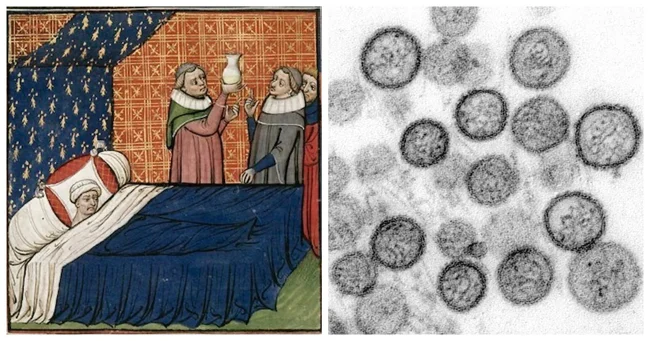
But even among the many diseases of that time, there is one that is almost forgotten today. We are talking about prickly heat, which was also called the English sweating fever. This mysterious epidemic took lives in a matter of hours, leaving behind fear and many questions. 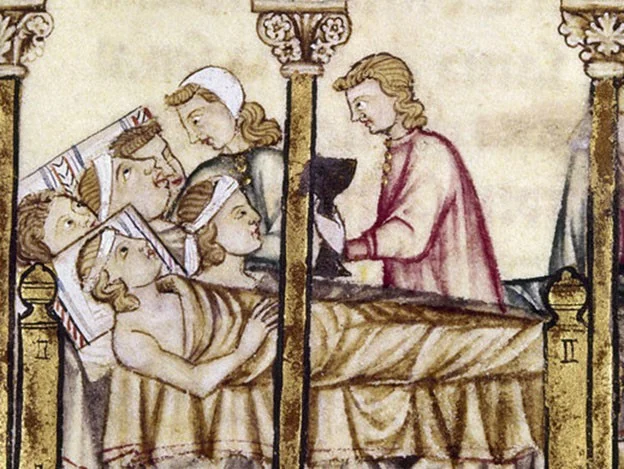
The first signs seemed normal: fever, chills, headache, sharp pain in the neck, shoulders, limbs. The body ached, as if it was being twisted from the inside. This stage lasted from half an hour to three hours. And then the worst began.
The temperature soared, the body was covered in sticky sweat, the pulse quickened, hallucinations, dizziness, convulsions began. The patient lost strength, fell ... and fell asleep. And never woke up again. 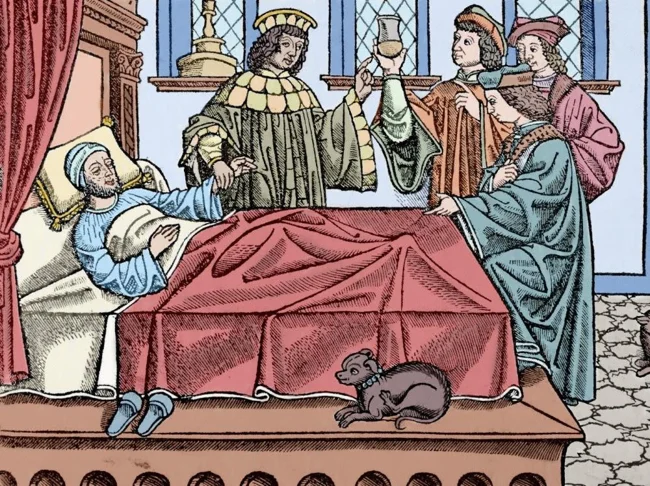
The speed of attack was monstrous. Most victims had less than 18 hours between the first attack and death. Only those who survived the first 24 hours had a chance of survival.
Five Waves of Terror 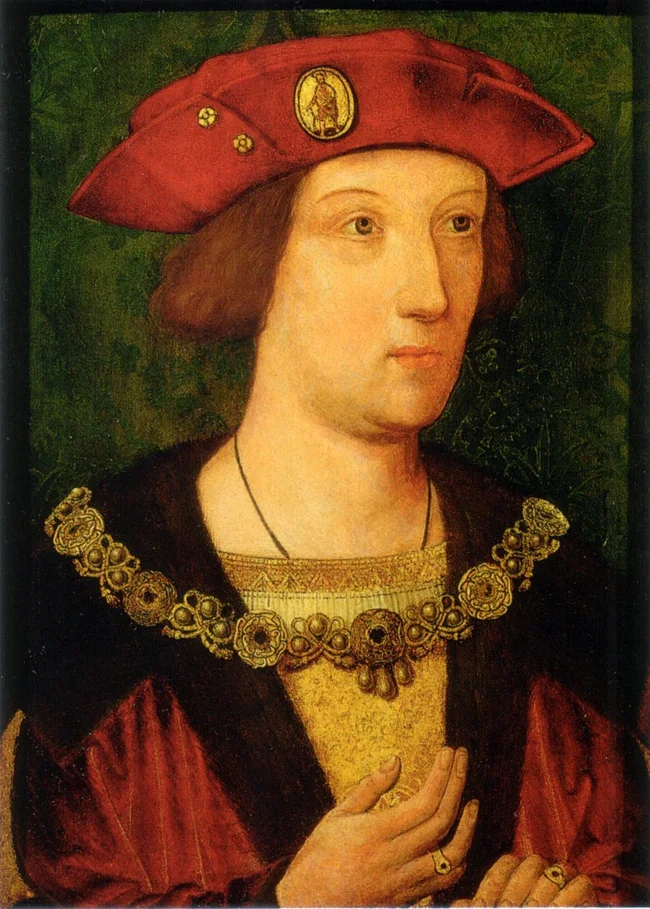
Arthur, Prince of Wales, who may have died of the sweating sickness in 1502 at the age of fifteen
The mysterious disease first struck in 1485, just after the Battle of Bosworth Field, during the reign of Henry VII. Within a month, it had killed more than ten thousand people.
Then the disease returned again and again. In 1507, a second wave occurred, in 1517, a third, more severe one swept through France. In 1528, a fourth wave began in London and spread rapidly across England. Even Henry VIII was so terrified that he fled the capital, moving from one mansion to another to avoid infection. In 1551, the fifth and last known outbreak occurred.
Even then, the disease did not disappear completely. From 1718 to 1874, a disease known as the Picardy sweat periodically broke out in northern France. It resembled its predecessor, but was much less deadly.
An Unconventional Choice 
"An Allegory of the Tudor Succession: The Family of Henry VIII"
An interesting feature of the disease was that it chose members of the aristocracy. It especially loved the rich and noble.
Dukes, bishops, and mayors died. Monasteries became cemeteries. Even the royal court was not safe.
Anne Boleyn, the second wife of Henry VIII, allegedly survived the disease. Some historians believe that the death of Arthur Tudor, Henry VII's elder brother, could also be connected with it. 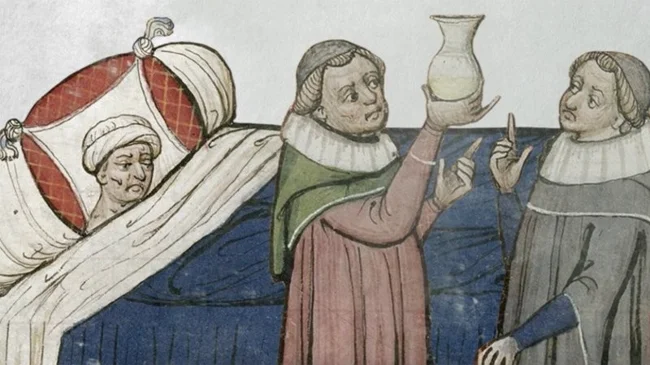
The effect of prickly heat on the patient
No one knows exactly what caused the disease. But there are several hypotheses:
Hantavirus. This is one of the most popular options. Modern scientists suggest that the cause could be a previously unknown type of virus transmitted by mice. Its modern variety causes severe lung damage, and the symptoms are similar: fever, headaches, muscle pain, shortness of breath. Mortality can reach 36%.
Arbovirus. Another version is that the disease was spread by mosquitoes or ticks. This would explain its seasonality and connection with rains and floods. Interestingly, Scotland and Wales, where the climate is colder, were not affected.
Botulism. Some researchers have considered food poisoning, mushrooms, or even anthrax as possible causes. 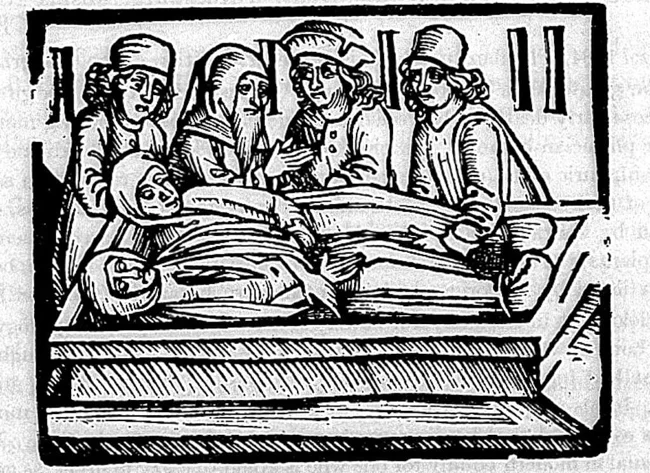
Dies of sweating sickness, engraving from 1529
The sweating sickness disappeared as suddenly as it appeared. However, in 1644, in Tiverton, England, there was a strange spike in deaths. 443 people died in a short period of time. Some experts believe that this could have been another case of the same disease. 
A field mouse is a carrier of hantavirus
Hantaviruses exist today. For example, during the Korean War (1950-1953), American soldiers fell ill with hemorrhagic fever caused by this virus. Every tenth died. It was then that scientists first discovered this pathogen, naming it after the Hantan River in South Korea.
Since then, cases of the disease have been isolated. According to the WHO, infection occurs only from rodents, and outbreaks are extremely rare. 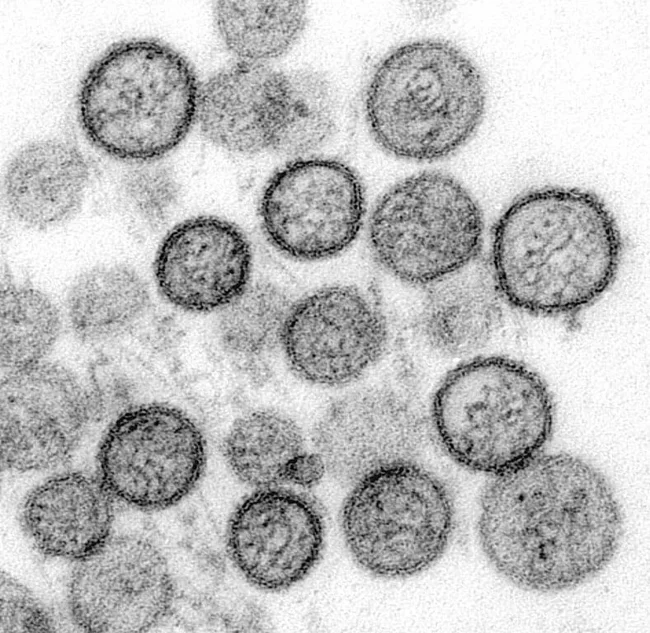
Hantavirus in an electron microscope photograph
English sweating sickness is an example of how medicine of the past faced something it did not understand. Not a single doctor of that time could explain why young, healthy people die, why the disease chooses the rich, comes and disappears without a trace.






























